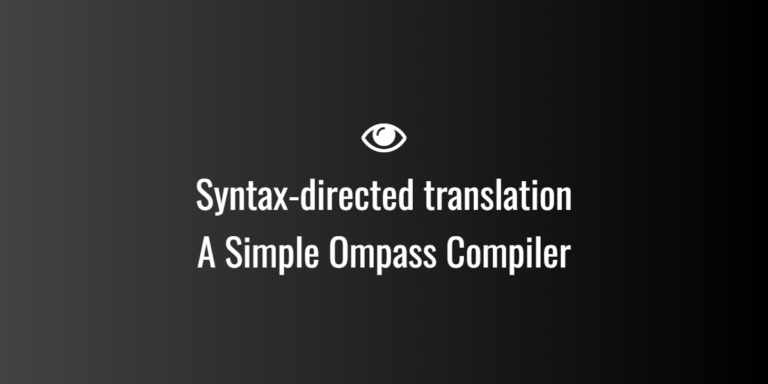Definition:
DSL (Digital Subscriber Line) is a technology used to transmit digital data over the existing copper telephone lines. It allows for high-speed internet access while enabling voice and data transmission over the same line without interference. DSL technology is a popular choice for providing broadband internet services to homes and businesses.
How DSL Works:
DSL operates by using frequencies in the copper wire that are not used by traditional voice calls. It divides the frequency range of the telephone line into different channels:
- Voice Channel: This channel is used for voice communication and operates at lower frequencies.
- Data Channels: DSL uses higher frequencies to transmit data, allowing for high-speed internet access. The data channels can be further subdivided into various bands.
This separation ensures that data and voice signals do not interfere with each other.
Types of DSL:
There are several variations of DSL technology, each with different speeds and capabilities. The main types of DSL are:
1. ADSL (Asymmetric Digital Subscriber Line):
- Most Common DSL Type: ADSL is the most commonly used DSL technology for residential internet access.
- Asymmetric: It offers faster download speeds (upstream) compared to upload speeds (downstream). This is ideal for typical internet usage, where users generally download more data than they upload (e.g., streaming, browsing).
- Typical Speeds:
- Download Speed: 1 Mbps to 24 Mbps
- Upload Speed: 256 Kbps to 3 Mbps
- Distance Limitation: The maximum speed and distance it can cover depend on the proximity to the telephone exchange. ADSL performance decreases as the distance from the exchange increases.
2. SDSL (Symmetric Digital Subscriber Line):
- Symmetric Speeds: Unlike ADSL, SDSL provides the same upload and download speeds. It is suitable for businesses that require a high upload capacity for tasks like sending large files or video conferencing.
- Typical Speeds:
- Download and Upload Speed: Typically 1 Mbps to 2 Mbps
- Use Cases: Ideal for business and commercial applications where symmetrical speed is essential.
3. VDSL (Very High-Speed Digital Subscriber Line):
- Higher Speeds: VDSL is a faster version of DSL that provides high-speed internet, especially for customers who require faster downloads and uploads.
- Shorter Range: VDSL offers higher speeds but is effective only over short distances (up to 1.5 km from the telephone exchange).
- Typical Speeds:
- Download Speed: Up to 52 Mbps
- Upload Speed: Up to 16 Mbps
- Use Cases: VDSL is often used in urban areas or regions where subscribers are close to the telephone exchange.
4. VDSL2 (Very High-Speed Digital Subscriber Line 2):
- Further Improved Speeds: VDSL2 is the latest advancement in DSL technology, supporting even faster speeds than VDSL, especially in fiber-to-the-cabinet (FTTC) setups.
- Typical Speeds:
- Download Speed: Up to 100 Mbps
- Upload Speed: Up to 40 Mbps
- Use Cases: VDSL2 is used for high-demand applications like HD video streaming, online gaming, and large file uploads.
5. IDSL (ISDN Digital Subscriber Line):
- ISDN-based: IDSL is a variant of DSL that uses the ISDN (Integrated Services Digital Network) infrastructure to provide internet access. It is an older technology and has largely been replaced by ADSL and other DSL variants.
- Speed: Typically 128 Kbps, not as fast as other DSL technologies.
Advantages of DSL:
- Simultaneous Voice and Data: DSL allows users to use the internet and the telephone at the same time, with no interference between voice and data signals.
- Always-On Connection: Unlike dial-up internet, DSL provides an always-on internet connection, meaning users do not need to dial up to access the internet.
- High Speed: DSL provides faster speeds compared to dial-up internet and is capable of providing speeds sufficient for most modern applications like streaming, browsing, and online gaming.
- Widely Available: DSL can be deployed over existing telephone lines, making it widely available to both urban and rural areas where other broadband technologies like fiber might not be feasible.
Disadvantages of DSL:
- Distance Limitation: The further you are from the telephone exchange (DSLAM – Digital Subscriber Line Access Multiplexer), the slower the connection speeds become. This limits the effectiveness of DSL for users who live far away from the exchange.
- Speeds Can Vary: DSL speeds can fluctuate based on various factors like the quality of the phone lines, distance from the exchange, and the type of DSL being used.
- Shared Bandwidth: In some cases, DSL performance can degrade during peak usage times when many users in the same area share bandwidth.
- Susceptibility to Interference: DSL signals can be affected by electrical interference or poor-quality wiring.
DSL vs Other Broadband Technologies:
| Feature | DSL | Cable Broadband | Fiber Optic |
|---|---|---|---|
| Speed | Up to 100 Mbps (depending on type) | Up to 1 Gbps | Up to 10 Gbps |
| Connection Type | Over copper telephone lines | Over coaxial cables | Over fiber-optic cables |
| Installation | Easier installation (no new infrastructure needed) | Requires cable setup | Requires new infrastructure and installation |
| Availability | Available in most areas, especially urban | Available in urban and suburban areas | Limited to regions with fiber infrastructure |
| Latency | Low latency | Low latency | Very low latency |
| Distance Limitation | Yes, performance degrades with distance | No significant distance limitations | No significant distance limitations |
| Shared Bandwidth | Yes, in some cases | Yes, often shared with neighbors | Dedicated, no shared bandwidth |
DSL Modem and DSLAM:
- DSL Modem: A DSL modem is a device that connects your computer or home network to the DSL network. It modulates and demodulates the signal from the telephone line into a usable internet connection.
- DSLAM (DSL Access Multiplexer): A DSLAM is a device used by Internet Service Providers (ISPs) to connect multiple DSL lines to a high-capacity internet backbone. It is usually located in a telephone exchange or a central office.
Applications of DSL:
- Home Internet: DSL is commonly used for residential broadband internet access, offering a stable, reliable, and fast connection for general internet use.
- Business Applications: Businesses may use DSL for internet access, remote work, and virtual private networks (VPNs).
- Voice over DSL (VoDSL): DSL can also support VoIP (Voice over Internet Protocol) services, allowing for internet-based telephone services.
Conclusion:
DSL is a well-established broadband technology that continues to be widely used for internet access, especially in areas where fiber-optic or cable broadband is not available. Its ability to support both voice and data services simultaneously while offering reliable speeds makes it a popular choice for both home and small business users. However, as newer technologies like fiber-optic broadband become more widespread, DSL may be phased out in certain regions due to its limitations in speed and distance.




